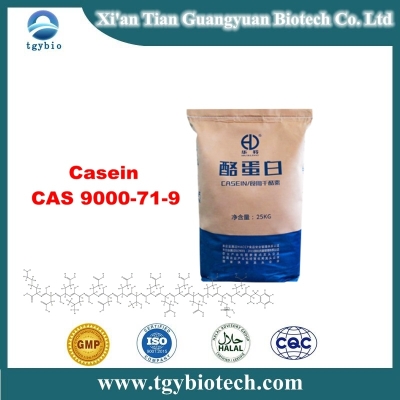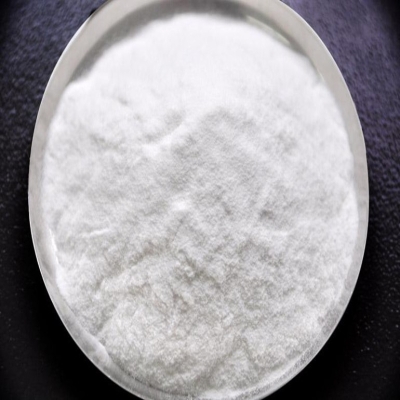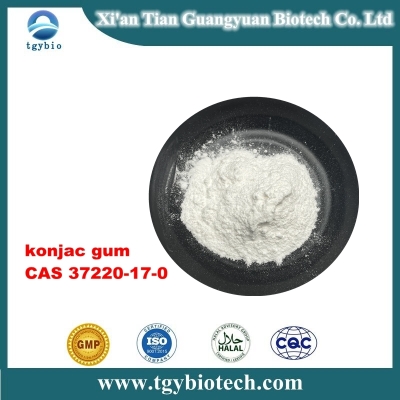-
Categories
-
Pharmaceutical Intermediates
-
Active Pharmaceutical Ingredients
-
Food Additives
- Industrial Coatings
- Agrochemicals
- Dyes and Pigments
- Surfactant
- Flavors and Fragrances
- Chemical Reagents
- Catalyst and Auxiliary
- Natural Products
- Inorganic Chemistry
-
Organic Chemistry
-
Biochemical Engineering
- Analytical Chemistry
- Cosmetic Ingredient
-
Pharmaceutical Intermediates
Promotion
ECHEMI Mall
Wholesale
Weekly Price
Exhibition
News
-
Trade Service
original title: The performance and application of the commonly used Capom series (alcohol thickener) -Carbomer, also known as Capomer, is a polymer formed by the chemical intersection of acrylic or acrylic and cryptoe, including polyacrylic (polypolymer) and long-chain althane acrylatepolymer (copolymer). Its molecular structure contains 52 to 68 percent acid group, so it has a certain acidity, has hydrophilic properties, can be dissolved in water, ethanol and glycerin.Capom has the functions of thickening, suspension, stability system, regulating water and release of active sons, and the process is simple and stable, so it is widely used in personal care products, pharmaceuticals and other fields of
rheomorphism thickener
.There are two main thickening mechanisms inCapom, including
neutralization
and
hydrogen bond thickening
.1, neutralized thickeningbecause it contains a certain acid group, in the application process needs to be alkaline neutralization.
is alkaline neutralized after the karpo resin, its carnage-based ionization, due to the mutual repulsion of negative charges, the contraction of the molecular chain stretch ingress swelled in a great expansion state, so that the original volume increased to about 1000 times, thus playing a thickening role.
commonly used neutralization agents are sodium hydroxide, potassium hydroxide, potassium bicarbonate and triethanolamine (acid-base adjustment to about 7, you can get crystal clear gel), which is also the reason for Capom's ion sensitivity.2, hydrogen bond thickeningKabom moleculeas as argon-based give, can be combined with one or two hydroxyl to form hydrogen bonds and thicken, this reaction mechanism takes time. Commonly used hydroxyl givers are non-ionic surfactants, polyols and so on.the performance and application of the Capom series , depending on crosslinking and molecular weight, Capom has a variety of different models, including the Carbopol 910, 934, 934 P, 940, 941, 954 and other traditional series, as well as new polymers such as Carbopol Ultrez 20/21. Different models of Capom have different uses in various industries due to their suspension stability characteristics, fluidity changes and other properties. Let's take a look at some of the most commonly used Kapom performances and applications in cosmetics.the traditional CapomCarbopol 934 (benzene solvent homogene)appearance:
white loose powder, slightly odoredperformance:
short-flow; medium and high viscosity; medium transparency, slightly yellow; low ion resistance; high shear resistance; suspension stability, suspension stability, High heat resistancesafety:
may have residual solvents (benzene or xylene) applications:
suitable for high-adhesive gels, emulsions and ointments; Widely used in pharmaceutical (ointment) formulations, and cosmetic creams. . Carbopol 940 (benzene solvent homogenous) appearance:
white loose powder, slightly odored performance:
(jelly type) ultra-short current; high viscosity; high transparency; low ion resistance; low shear resistance; high yield value (high yield values( Suspension capacity) solubility:
soluble in water, glycerin and ethanol safety: no mold when
dry, non-toxic, non-irritating application:
provides stability of water-packed oil emulsification system, suitable for emulsions and creams. recommended dosage:
0.2 % to 1.5% Carbopol 941 / 971 (benzene solvent polysic) appearance:
white loose powder, slightly odored properties:
(nose type) long degeneration; low viscosity; high transparency; medium ionresistance; low shear resistance solubility:
soluble applications such as glycerin and ethanol:
can produce low-viscosity permanent emulsants and suspensions, even ion systems, produce colloidal transparency (more effective in low concentration), Capo 941 is used in the cosmetics industry as a stabilizer for water-encapsulated oil emulsification system, 971 in the pharmaceutical industry as a relief agent, suitable for transparent gels, hydrogels and emulsion products. -modified Capom (benzene-free) Carbopol 980 (co-solvent polypolymer) chemical name:
cross-linked polyacrylic resin appearance:
white loose powder, slightly odored performance:
extreme short current; Viscosity; high transparency, low ion resistance, low shear resistance, high yield value (suspension) solubility:
soluble in applications such as water, glycerin and ethanol:
for thickening, suspension and emulsification in formulations in cosmetics or pharmaceuticals. Such as: stereotyped gel, hydrool gel, moisturizing gel, bath gel, toothpaste, shampoo, shaving gel, moisturizing cream and sunscreen lotion. usage:
0.2 % to 1.5% Carbopol 1342 (hydrophobic copolymer) chemical name:
cross-linked polyacrylic acid resin appearance:
white loose powder performance:
long-flow characteristics; medium viscosity; high transparency; high transparency; high Ion resistance, high shear resistance, high yield value (suspension) solubility:
soluble in water, glycerin and ethanol applications:
excellent rheological improver in the presence of electrolytes, polymerized emulsification, suitable for water solution or dispersion containing water-soluble salts. . Carbopol ETD 2020 Chemical Name:
acrylic/C10 - 30 alkylated acrylate chain copolymer appearance:
white loose powder performance:
long fluid; Transparency, high ion resistance, shear resistance, high density, strong suspension capacity applications:
suitable for transparent gels, hydrool gels, surfactants (special shampoos, cleaning products, etc.) and systems with high electrolyte content (e.g. aloe vera gel). recommended dosage: 0.2 % to 1.5% Carbopol AQUA SF-1 new liquid acrylic rheosine modifier INCI name:
acrylate (ester) copolymer appearance:
milky white to white liquid performance:
long-flow; high viscosity ; Medium transparency (opaque ontothet, after addition to the product), low ion resistance, high shear resistance solubility:
soluble in water, glycerin and ethanol applications:
can be formulated with a clear formula, with a variety of ingredients with excellent compatibility, acid thickening, can be used in the surfactant system. . Carbopol Ultrez 20 (new dispersive copolymer) chemical name:
acrylic/C10 - 30 alkyl acrylate sintering copolymer appearance:
white loose powder performance:
long Flow degeneration; high transparency; medium viscosity; medium ion resistance, high shear resistance, easy dispersion, excellent and stable suspension applications:
can be applied to shampoos, bath gels, creams, lotions, hydrogels with high electrolytes. In addition, the U20 gives the product a bright look, with better fluidity and dumpability that provides a smooth, light, soft feel. . Carbopol Ultrez 21 (new dispersible copolymer) chemical name:
acrylates/C10 - 30 alkyl acrylate sintered polysatrepolysis appearance:
white loose powder properties:
short-flow; high viscosity; high transparency; low ion resistance; shear resistance; applications:
can be used in gels, cleaning products, high electrolyte products, etc. . Pemulen TR - 1 (hydrophobic copolymer) chemical name:
acrylates/C10 - 30 alkyl acrylate chain polysis appearance:
white powder Performance:
short-fluid degeneration application:
multi-functional thickening emulsifier, used as a stabilizer in the water-packing system, can be used for creams, emulsions. recommended dosage:
0.2 % to 0.4 % to achieve 20.0 % oil content. . Pemulen TR - 2 (hydrophobic copolymer) chemicals:
acrylic/C10 - 30 alkyl acrylate sintered chain copolymer appearance:
white powder Performance:
long fluid degeneration application:
multi-functional thickening emulsifier, used as a stabilizer in the water-packing system, can be used in emulsions. recommended dosage:
0.15 % to 0.30 % to achieve 60.0 % oil content. in addition, the following points need to be noted when using Capom. Notes: 1, Cabo polymer has the ability to shear thin, and the longer the shear viscosity recovery is slower, even caused permanent loss of viscosity; 2, Cabo polymer tolerance to ions are poor, in the transition phase of Carbopol 1342 relatively high; 3, ultraviolet radiation will irradiate cabo polymer viscosity loss, this loss is not recoverable. (Source: Junxin Chemical, Find Raw Materials Network, etc.)
Responsibility Editor:
.







